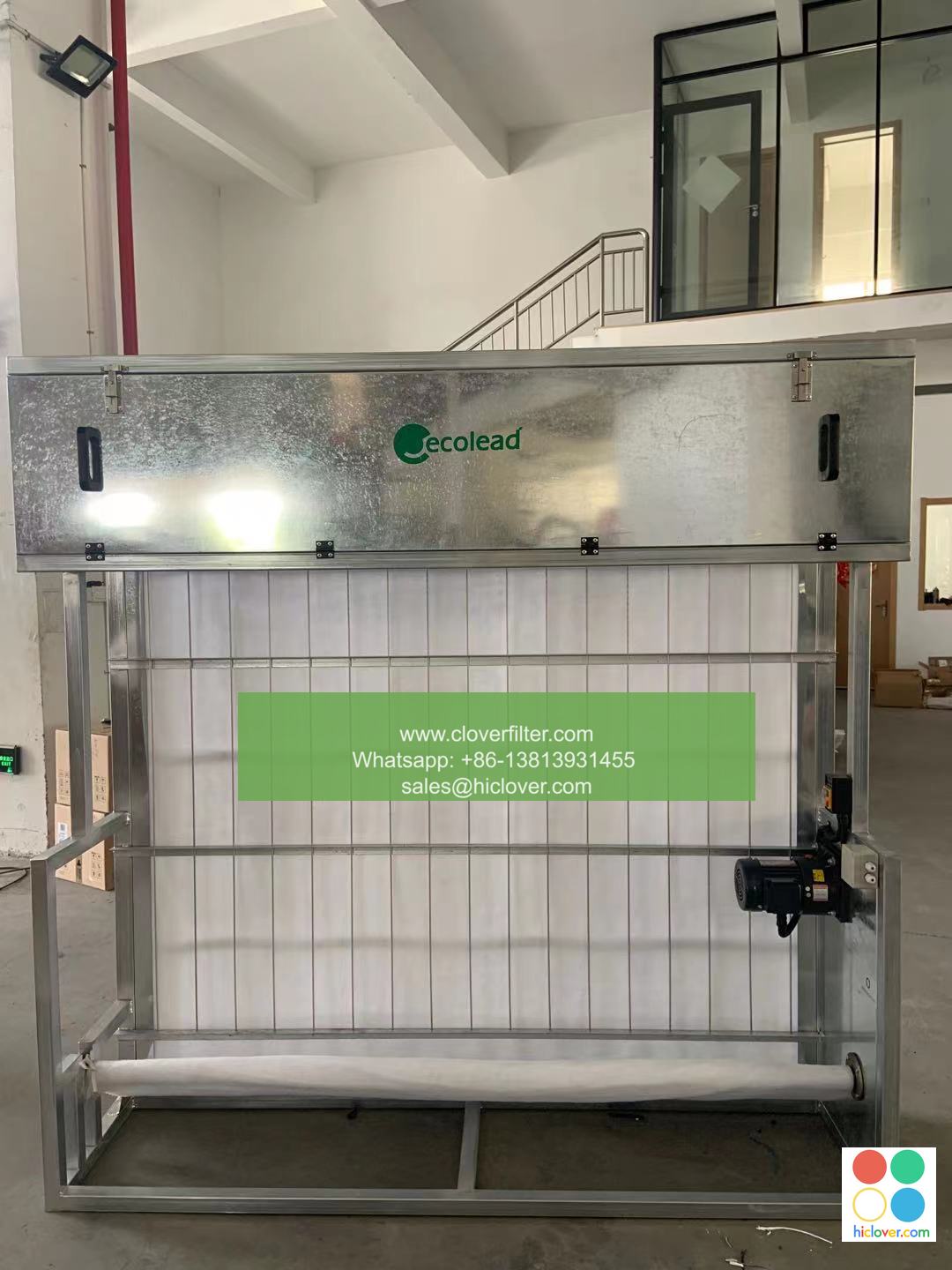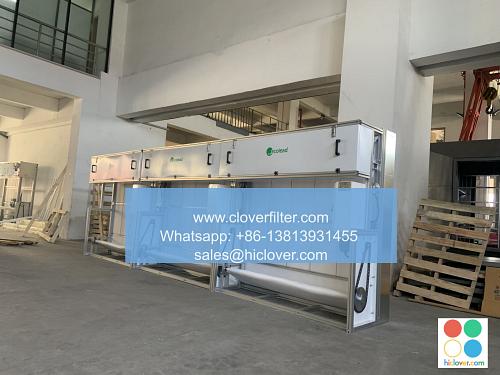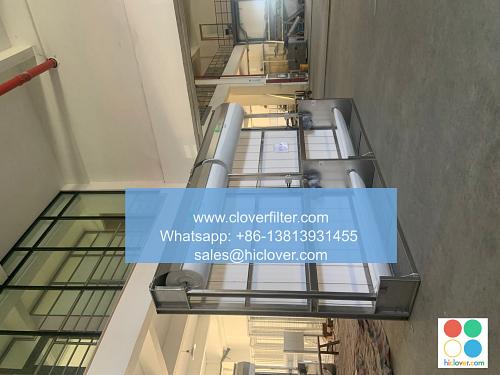Air Quality and Allergies

Air Quality and Allergies: Understanding the Connection
Air quality has become a pressing issue in recent years, with millions of people worldwide suffering from allergies and respiratory problems. The connection between air quality and allergies is a complex one, but it’s essential to understand the relationship between the two to mitigate the effects on public health.
Understanding Allergies
Allergies occur when the immune system overreacts to a harmless substance, such as pollen, dust, or mold. This overreaction triggers the release of histamine, which can cause a range of symptoms, including congestion, sneezing, and itching. Common allergy triggers include:
- Particulate Matter (PM): Tiny particles in the air, such as dust, soot, and smoke, can exacerbate respiratory issues and trigger allergic reactions.
- Nitrogen Dioxide (NO2): A common air pollutant that can contribute to respiratory problems and inflammation.
- Volatile Organic Compounds (VOCs): Chemicals released from cleaning products, pesticides, and building materials can irritate the airways and trigger allergies.
- Mold: Fungi that thrive in damp environments can produce spores that cause allergic reactions.
Air Quality and Its Impact on Allergies
Poor air quality can exacerbate allergies by:
- Increasing particle concentration: Particulate matter and PM2.5 can aggravate respiratory issues and intensify allergic reactions.
- Irritating the airways: Gases and particles in the air can cause inflammation, leading to respiratory issues and allergic symptoms.
- Triggers allergic reactions: The present of particulate matter, NO2, VOCs, and other pollutants can trigger allergies and asthma.
Solution and Application Areas
To mitigate the effects of poor air quality on allergies, we can implement various strategies and technologies:
- Air Purification Systems: Utilize HEPA filters and activated carbon to remove pollutants, allergens, and VOCs from the air.
- Indoor Air Quality Monitoring: Employ sensors and monitoring systems to track and regulate air quality in homes, schools, and public spaces.
- Outdoor Air Quality Improvement: Implement measures to reduce emissions, promote green spaces, and utilize urban planning strategies to decrease air pollution.
- Vehicular Emissions Reduction: Promote eco-friendly transportation alternatives, improve fuel efficiency, and enforce emission control regulations.
Conclusion
Air quality and allergies are inextricably linked, and understanding this connection is crucial for addressing the growing allergy epidemic. By adopting air purification technologies, monitoring indoor and outdoor air quality, and promoting sustainable practices, we can alleviate the burden of allergies and improve public health.
References:
- World Health Organization. (2022). Indoor Air Pollutant.
- Environmental Protection Agency. (2022). Air Quality.
- Mayo Clinic. (2022). Allergies and Respiratory Problems.
It looks like you didn’t provide a prompt. What would you like to talk about? I can summarize a webpage, provide a definition, write some text on a particular topic, or even create a simple chat game or story. Just let me know what’s on your mind!


